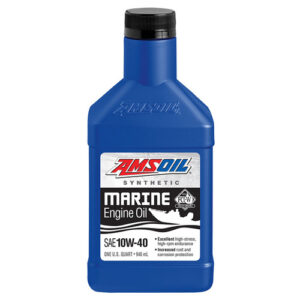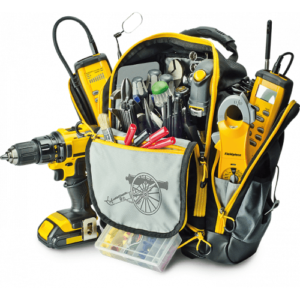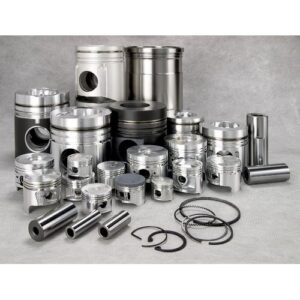Key Features of Marine Paints
1. Design and Structure of Marine Paints
Marine paints are engineered to form a tough, protective barrier against water, chemicals, and abrasion. Available in anti-fouling, epoxy, polyurethane, and enamel variants, they provide both functional and aesthetic finishes for metal, fiberglass, and wood surfaces.
2. Marine Paint Material
Manufacturers blend resins, pigments, binders, and anti-corrosive agents to create durable coatings. Some types include biocides to prevent marine growth, while others offer flexible formulations that resist cracking and peeling from hull movement.
3. Lifting Capacity of Marine Paints
Though not associated with lifting, these coatings play a vital role in preserving load-bearing structures. By preventing corrosion and rust on cranes, decks, and winches, they help maintain the structural strength of onboard equipment.
4. Installation and Integration of Marine Paint
Crews apply marine coatings using brushes, rollers, or spray systems, depending on surface size and paint type. Quick-drying formulas reduce downtime during maintenance, and most products adhere well to properly prepared surfaces without primers.
5. Safety and Control of Marine Paints
Low-VOC and solvent-free formulations improve onboard safety. Many products come with fire-retardant or anti-slip additives for enhanced protection, and color-coded finishes help visually identify zones like walkways, hazardous areas, or machinery compartments.
6. Durability and Maintenance of Marine Paint
Once applied, marine paints resist UV rays, saltwater, and chemical exposure. They reduce the need for frequent recoating, and minor touch-ups or inspections are easy to perform, especially on areas prone to mechanical wear or environmental stress.
7. Versatility
These coatings serve hulls, decks, tanks, superstructures, bilges, and underwater zones. Whether you’re applying a fresh coat on a cargo ship or touching up a yacht, marine paints adapt to a wide range of substrates and operational needs.
8. Compliance and Standards
All marine paint meets IMO, ISO 12944, and MARPOL standards for environmental safety and performance. Products are approved by leading maritime authorities and classification societies such as DNV, Lloyd’s Register, and ABS.






